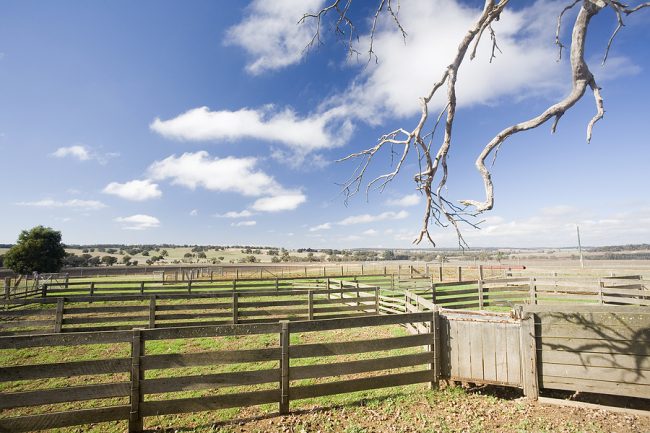Handling that is both safe and efficient is essential. Cattle yards that have been effectively constructed are typically referred to by these terms. When it comes to the construction of new cattle yards, the safety and well-being of the animals and the people who work with them cannot be compromised. In other words, what happens if these two criteria aren’t taken into account while building new cow yards?
Cow yards must be built with both the cattle and the operator in mind in today’s climate. Pre-existing experiences have a significant impact on how much stress an animal suffers when being handled. They will be less agitated if they have had a nice time in the yard and were handled gently.
If you’re planning to create a new set of cattle yards for your enterprise, you’ve already learned the basics. But what about the do’s and don’ts? The following are the most common blunders individuals make while setting up a cow yard.
Making a Mistake in Site Selection
Choosing a location for your yards is the first step. Avoid picking a location with abrupt elevation changes. With their heads raised, cows have a hard time determining where they are on the ground, which may lead to a sudden balking.
For both yourself and your livestock, the danger of sliding increases when there is poor drainage in the yard. The danger of sliding in high-traffic areas may be reduced by using a concrete textured surface in these locations. It’s important to do your homework to choose the greatest place to run your cattle yards.
Building Pens That Are Unsuitable for Your Operational Size
It is imperative that the size of your livestock enterprise be taken into account before you begin the design process for your yards. You won’t save time or money by cutting shortcuts and constructing a set of cattle yards that are much smaller than the quantity of animals you manage.
Cattle do not appreciate being crowded and will grow irritated if they are confined in an area that is too small for them. If you choose the right stockyard designers, they will make sure that your yards represent the size of your cattle business, which will allow you to make logical judgments about the management of your herd each and every time the cattle are in the cattle yards.
Making Corners in the Forcing Yard
Cattle and corners are never a good combination. When a handler approaches an animal that is in its flight zone, the animal will immediately go into a corner where it may huddle with other animals.
As a result of having to enter the forcing yard to coax your cattle out of the cattle yards and into the race, the corners will only serve to enhance the likelihood that you will get an injury.
By using the circular forcing pen in conjunction with the 3.2-meter rotating gate, you will no longer be required to enter a forcing pen at any point in the future. The combination of the pen and the gate allows for a safe and gradual reduction in the size of the enclosure when animals join the race.
Building a Straight Track
Never join the race, which is a high-stress environment. You will exhaust yourself trying to move agitated cattle through a straight race, which will impede traffic through the yards.
By giving cattle the sense that they are returning to the same location, a curved race improves the flow of your cattle yards.
Regardless of how many cows you have, a well-designed and functioning set of cattle yards is necessary for the safe and effective management of animals. In order to ensure farm safety of both the cattle handler and the animals, it is essential that your cattle yards be well-designed and well-maintained.
